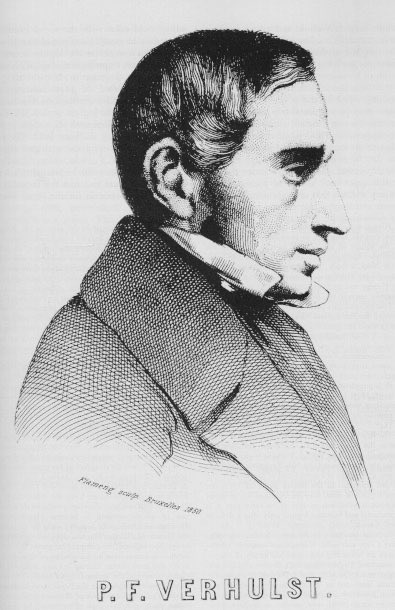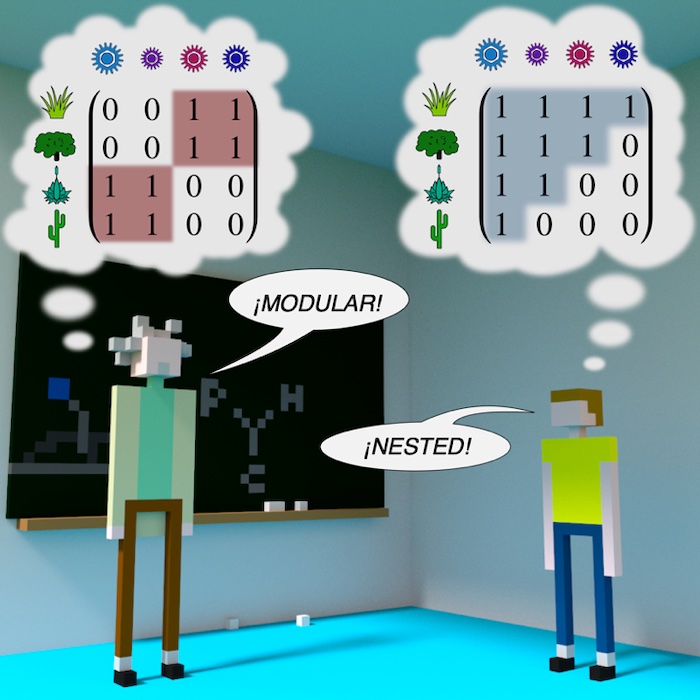What is the origin of cultural and technological collapses?
Loss of cultural knowledge has enormous social and economic consequences. Can we predict cultural collapses? What can we do to avoid them?
Find more in our last preprint with @SDuranNebreda:
psyarxiv.com/dt6bx
Loss of cultural knowledge has enormous social and economic consequences. Can we predict cultural collapses? What can we do to avoid them?
Find more in our last preprint with @SDuranNebreda:
psyarxiv.com/dt6bx

We study three contemporary cases of cultural collapses in sociotechnical systems: @atari 2600 videogames, #cryptocurrency whitepapers and @Reddit posts. All three show a boom-and-bust in artifact diversity driven by collective dynamics. #ETdidntKillAtari @ibogost @NolanBushnell 

We explore a purely endogenous origin of cultural collapses, driven by an imitation-innovation imbalance. Too much imitation leads to premature convergence and cultural uniformity. These emergent collapses display universal linguistic and complexity signatures. 

We can recapitulate the boom-and-bust and statistical patterns with a simple model of tinkering and recombination of components. This framework can be used to define early warning signals, as well as the mechanisms required to mitigate imitation-driven cultural collapses. 



Using the Polya's urn as model of innovation was inspired by the seminal work of Francesca Tria, @loretoff and Vito D. P. Servedio and @stevenstrogatz.
nature.com/articles/srep0…
nature.com/articles/srep0…
@loretoff @stevenstrogatz Instead of solely relying on the Polya's urn, we also validate our observations of cultural collapse by taking the same measurements in other (comparable) empirical systems: #Commodore Vic-20 vs #Atari 2600, #Crypto vs scientific papers, & two #Reddit communities. @CommodoreBlog 

• • •
Missing some Tweet in this thread? You can try to
force a refresh












